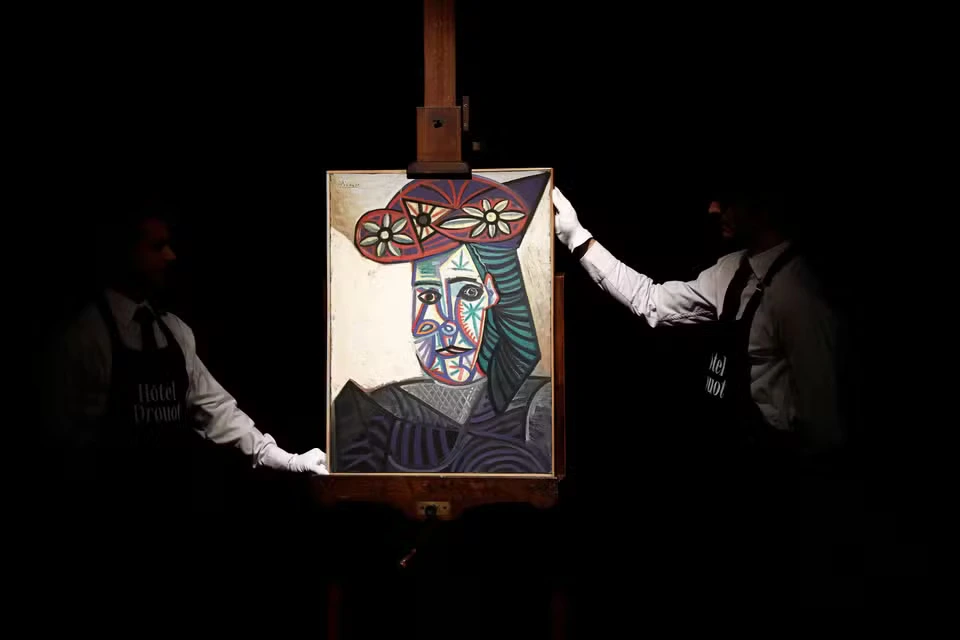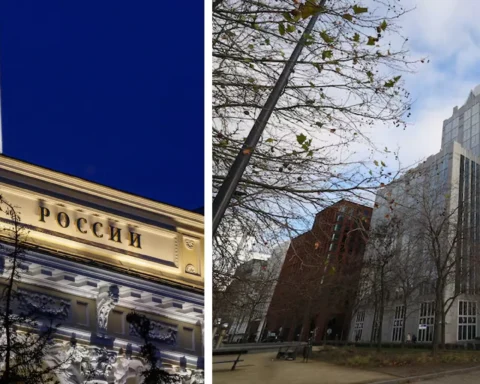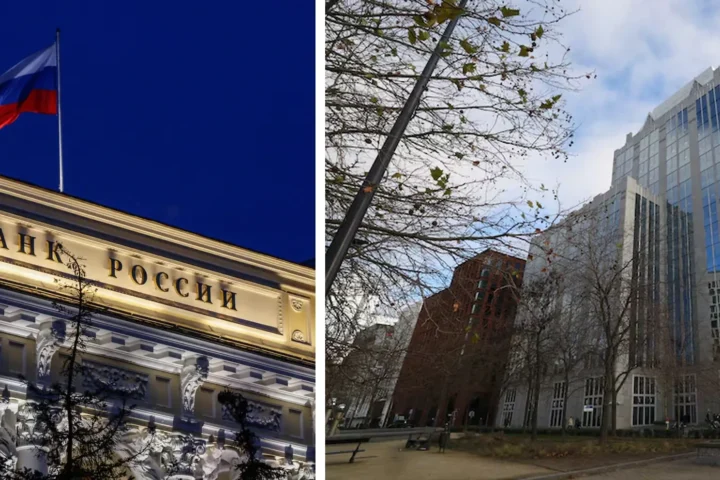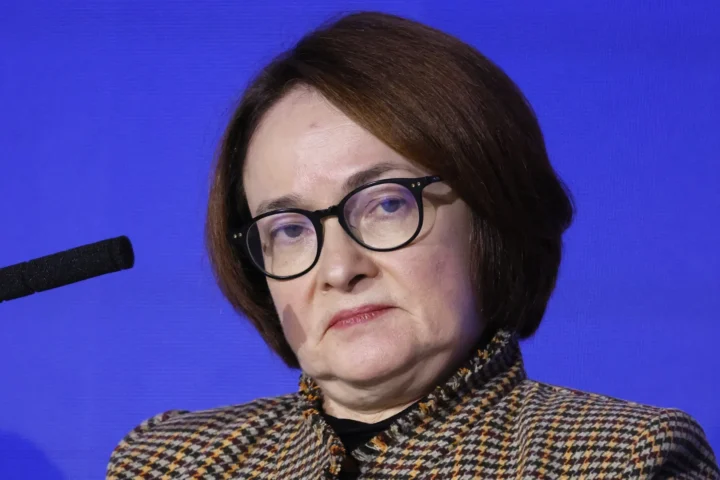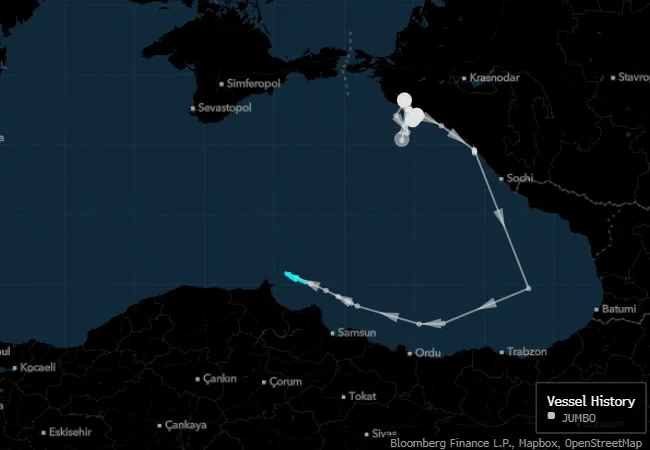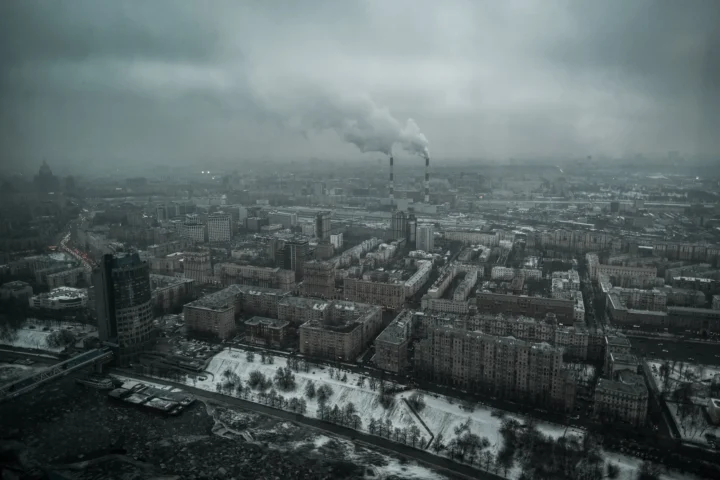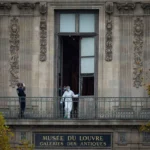In Paris, an “exceptional” work by Pablo Picasso—a vivid portrait of his companion Dora Maar painted in 1943—has been presented to the public for the first time. The painting, carefully kept by the family of its first owner since 1944, was unveiled at the Hôtel Drouot and will go under the hammer on October 24. According to AFP, the estimate is around €8 million; that is the prix de réserve (minimum price), and the final figure is expected to soar well above the starting point.
What the work is
The piece is titled “Buste de femme au chapeau à fleurs” (“Bust of a Woman in a Flowered Hat”). It is an oil on canvas measuring 80 × 60 cm, a hallmark work of the artist’s late wartime period, marked by a saturated palette and a tense psychological charge. Auctioneer Christophe Lucien, who is overseeing the sale at Drouot, provided the details.
The painting is dated July 11, 1943, and in August 1944 it was acquired by the grandfather of today’s heirs—a prominent French collector. The family says the decision to sell is tied to inheritance proceedings.
“Unknown to the public and never exhibited…”
Agnès Sevestre-Barbé, a Picasso specialist who attended the unveiling, underlines the work’s exceptional status and its place in both the artist’s biography and the history of art:
“Unknown to the public and never exhibited, except in the Spanish master’s studio in Paris during the Occupation, this painting is quite exceptional and a significant milestone in the history of art and in Picasso’s own story,” notes Agnès Sevestre-Barbé.
According to her, the canvas blends multiple layers of Picasso’s visual language:
“At once naturalistic and cubist in inspiration, it shows Dora Maar gripped by sadness yet with a harmonious face, wearing a colorful flowered hat—at the very moment when Picasso was distancing himself from her in favor of a younger woman, Françoise Gilot.”
Authenticity and paperwork: how provenance was confirmed
The portrait has been authenticated by the Picasso Administration. Until this unveiling, it was known to the broader public only from its black-and-white entry in the catalogue raisonné—the official compendium of the artist’s works. Additional documentation comes from photographs by Brassaï, a friend of Picasso: his images of the painter’s studio show the canvas in situ. The auction house presented these archival photos alongside the painting at the Paris unveiling.
Why it matters
Rare preservation and market “invisibility.” For over eighty years, the painting remained in a single family’s private collection and never circulated in exhibitions—a provenance that heightens interest among museums and top-tier collectors.
Historical context. The year 1943 places us in occupied Paris, the late wartime phase of Picasso’s life. Dora Maar at this time is one of the central figures in his iconography; her image often carries a dramatic, vulnerable intensity.
Stylistic nexus. The combination of naturalistic cues and cubist structure makes the work crucial for understanding how Picasso reimagined portraiture and the sitter’s psychological state during the war years.
The auction will take place on October 24 at the Hôtel Drouot. Organizers cite a starting benchmark of about €8 million. Yet the historical significance, condition, and rarity of the painting’s public appearance suggest that collector interest could drive the price well above the minimum threshold.
This article was prepared based on materials published by Le Monde. The author does not claim authorship of the original text but presents their interpretation of the content for informational purposes.
The original article can be found at the following link: Le Monde.
All rights to the original text belong to Le Monde.


